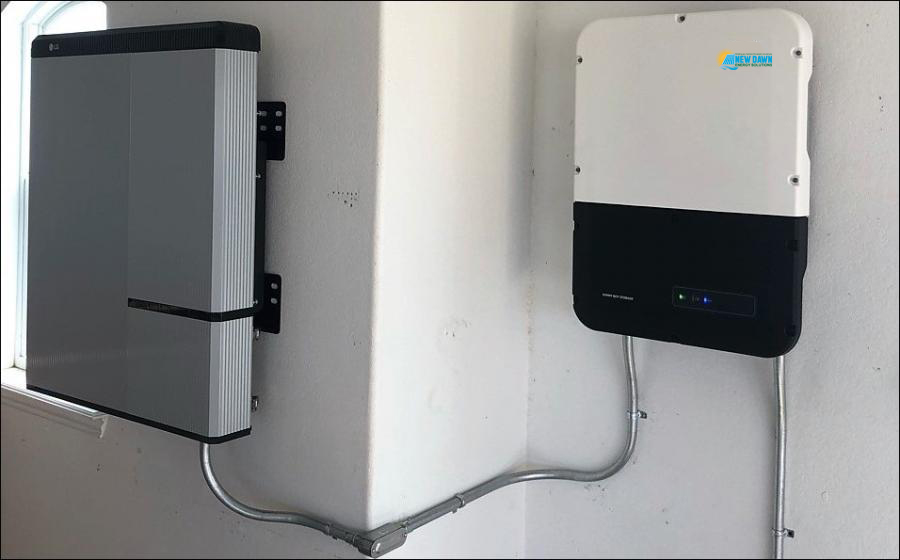
With extreme weather events and other threats to energy security increasing homeowners and businesses are contending with the danger of losing access to reliable power supplies. Beyond emergency scenarios, unexpected blackouts during day and nights also increasing in numbers and durations.
It is estimated an hour of energy downtime costs companies from thousands of dollars for small companies to millions for large companies. Homeowners are also exposed to economic losses, which can be further worsened by dangers to family health and safety. Energy can storage plays a central role in the design of reliable backup and emergency power systems that protect homes and business operations when power is intermittent or completely unavailable.
According to the needs and affordability, homeowners can choose a backup system to back up critical loads like the refrigerator, a home medical device, a computer, cell phone charging, lights and the HVAC system using a subpanel, or entire home load using large battery bank. Many businesses also require back up of mission-critical systems such as servers, payment systems, refrigeration, and communications. Depending on their operations some businesses may need power for critical power for multiple days.
For customers who already have a diesel generator for backup power, integrating storage with generators reduce the number of hours generator need to run and the gallons of fuel they need to burn. In this scenario, the generator becomes a battery charging supply rather than a primary power source. Optimizing generator operation this way delivers a 50-80% savings in fuel and dramatically reduces noise, toxic pollution and increase energy security.
Among the battery technologies, Lithium-Iron Phosphate (LFP) have high efficiency, safety rating and low levels of self-discharge over time. This can play a key role in cutting diesel consumption by storing energy for a longer duration without degrading or losing power until that time that an end-user needs it.
Solar customers also benefit from storage during the plan and unplanned grid outages. Rather than shutting down the inverter when the grid goes down, batteries and the inverter charger enable homes and businesses with PV systems to ‘island’ from the grid and retain access to their own generation by creating a mini-microgrid for as long as the grid is unavailable. Depending on the requirements, battery banks can be sized to keep homes and businesses up and running safely and securely over the course of multiple days.
If you are thinking how much it would cost to have peace of mind with a storage system for your needs complete the Free solar Assessment request at our website or give us a call at 416-855-9377. We are one of the top solar energy companies providing solutions that are second to none. We provide solar plus storage hybrid energy solutions across Ontario including Toronto, Markham, Mississauga, Burlington, Oakville, Brampton, Vaughan, Ajax, Pickering, Whitby, Oshawa, Caledon, Stouffville, Richmond Hill, Newmarket, Aurora, Milton, Georgetown, and the Greater Toronto Area (GTA).







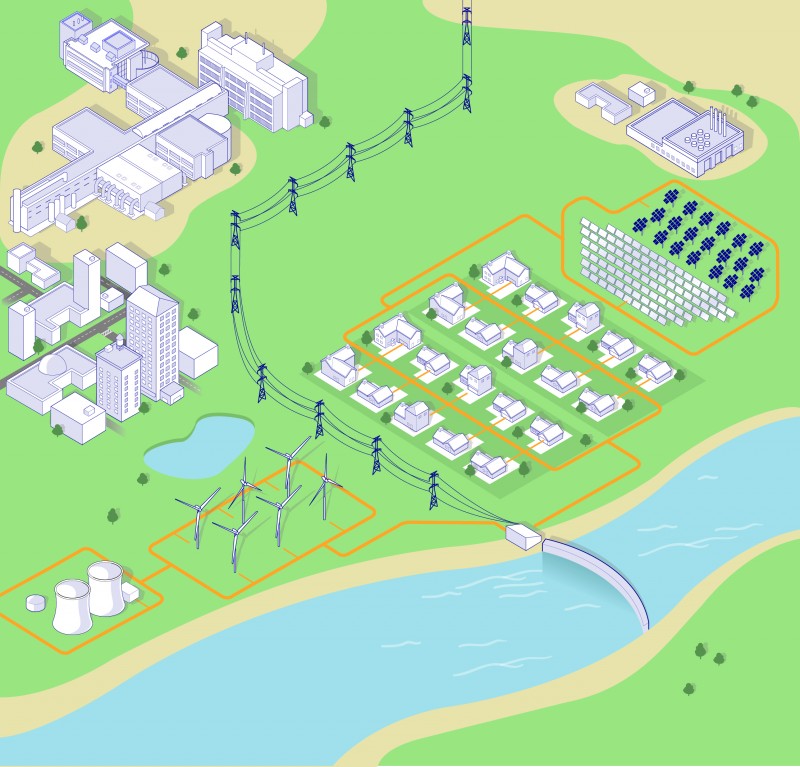
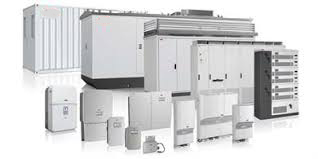
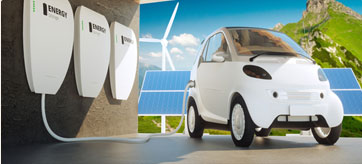
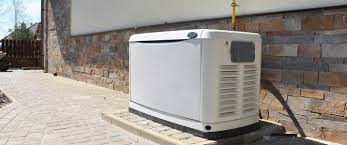

 There are many different energy storage technologies – mechanical, pumped storage, thermal – molten salt, and chemical-batteries. Each type of storage has unique characteristics that differentiate them from others, as well as the types of power sources with which they can be integrated.
There are many different energy storage technologies – mechanical, pumped storage, thermal – molten salt, and chemical-batteries. Each type of storage has unique characteristics that differentiate them from others, as well as the types of power sources with which they can be integrated.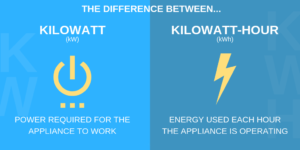 People looking for solar options often puzzled with terms kilowatt and kilowatt-hours. Electricity used is measured by kilowatt hour and the solar power systems are sized in kilowatts. This is where questions often come about kilowatts and kilowatt-hours.
People looking for solar options often puzzled with terms kilowatt and kilowatt-hours. Electricity used is measured by kilowatt hour and the solar power systems are sized in kilowatts. This is where questions often come about kilowatts and kilowatt-hours.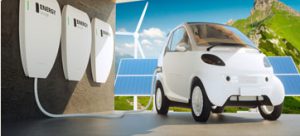 Why Install Batteries?
Why Install Batteries?  Incorporating energy storage into a solar array is not as easy as just picking a battery off the shelf. Certain chemistries work better in certain environments and storage capabilities are influenced by the solar application.
Incorporating energy storage into a solar array is not as easy as just picking a battery off the shelf. Certain chemistries work better in certain environments and storage capabilities are influenced by the solar application.